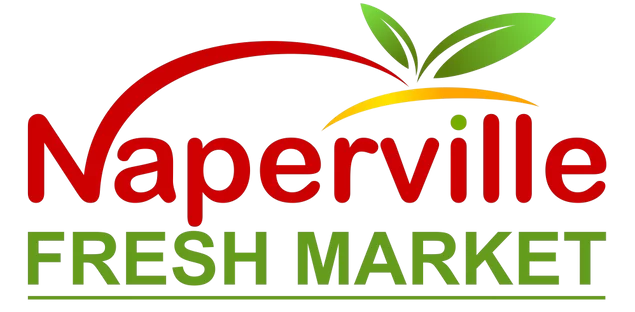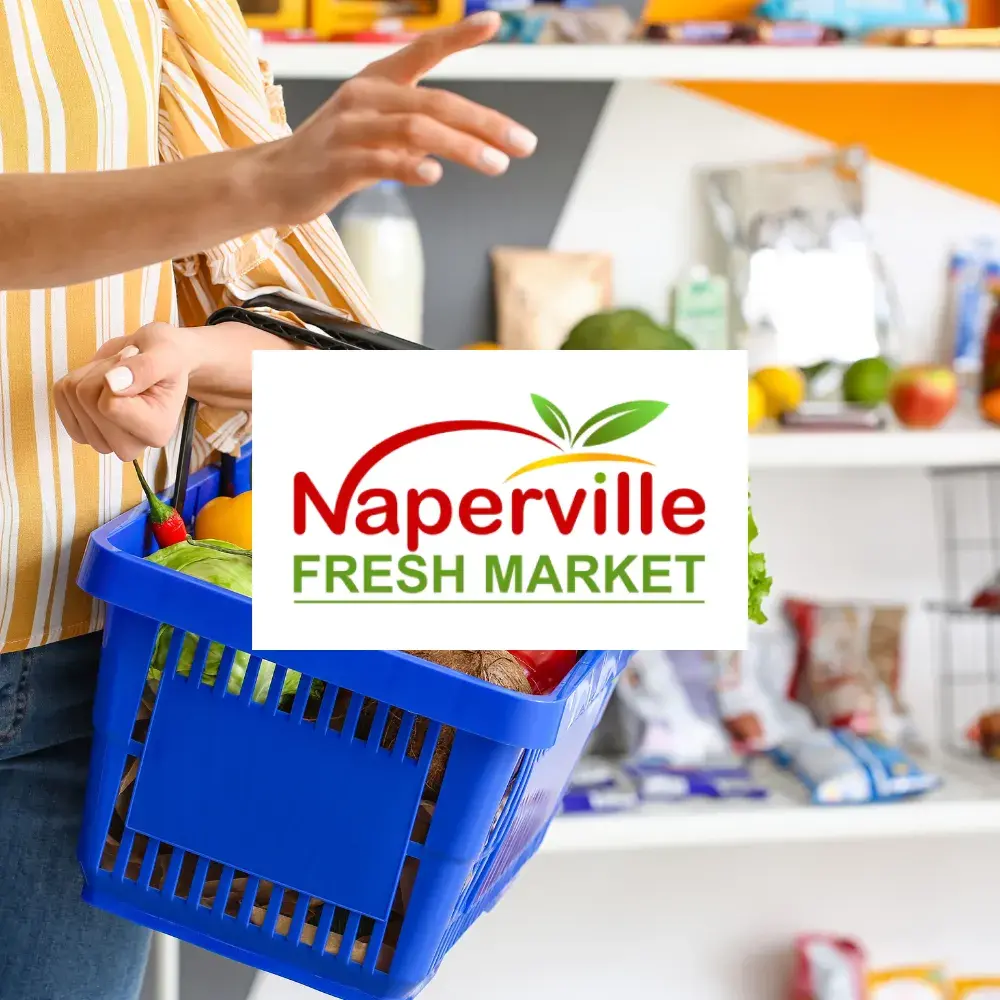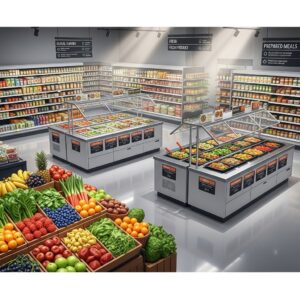Supermarkets today are intricately connected to global supply chains, allowing them to offer a vast array of products sourced from different regions worldwide. From fresh produce to international delicacies, supermarkets rely on effective sourcing techniques to ensure they meet the diverse preferences of their customers. Understanding these supply chains and the strategies that supermarkets use to source goods globally helps illuminate the complexities behind what we see on the shelves every day.
Leveraging Direct Sourcing Relationships
One of the key sourcing techniques supermarkets utilize is building direct relationships with international suppliers. By cutting out intermediaries, supermarkets can reduce costs and have more control over the quality and supply of products. Establishing direct partnerships with farmers, manufacturers, and producers allows supermarkets to maintain a consistent flow of goods while ensuring that the items meet their standards. This method also allows for better communication, enabling supermarkets to adapt to any challenges in the supply chain more efficiently.
Utilizing Technology for Supply Chain Visibility
Modern supermarkets increasingly use technology to gain visibility into their supply chains, which helps them manage international sourcing more effectively. From tracking shipments to monitoring the quality of goods, supermarkets use digital platforms to streamline processes and identify potential issues early. Advanced data analytics tools also allow supermarkets to predict demand and adjust their orders accordingly, reducing waste and ensuring that products reach the shelves on time. The integration of technology in the sourcing process has revolutionized how supermarkets manage global supply chains, enabling faster, more informed decision-making.
Adapting to Market Demand and Seasonality
Another essential aspect of supermarket sourcing is adapting to changes in consumer demand and seasonality. Supermarkets often need to adjust their sourcing strategies depending on the time of year, ensuring that they can offer seasonal fruits, vegetables, and specialty items when they are in high demand. By staying in tune with global growing seasons and shifting preferences, supermarkets can better anticipate what products their customers will want. They achieve this by working with suppliers from different regions, ensuring they have access to fresh, seasonal produce year-round.
Focusing on Sustainability and Ethical Sourcing
Sustainability has become a driving force in supermarket sourcing strategies. Consumers today want to know that the products they purchase are ethically sourced and produced in environmentally responsible ways. Supermarkets are responding by partnering with suppliers who prioritize sustainable farming, fair labor practices, and reduced carbon footprints. Many now incorporate eco-friendly certifications and labels to highlight these efforts, appealing to customers who prioritize ethical consumption. This focus not only meets consumer demand but also helps supermarkets reduce their environmental impact while contributing to global sustainability goals.
Global supply chains are the backbone of the modern supermarket, enabling them to offer a wide selection of international products. Through direct sourcing, the use of technology, responsiveness to market demand, and a commitment to sustainability, supermarkets are continuously refining their sourcing techniques to ensure customers have access to high-quality, ethically sourced products from around the world.
Learn More
From Farms to Shelves: How Supermarkets Build Global Supplier Networks
The Art of International Sourcing: How Supermarkets Choose Foreign Suppliers




